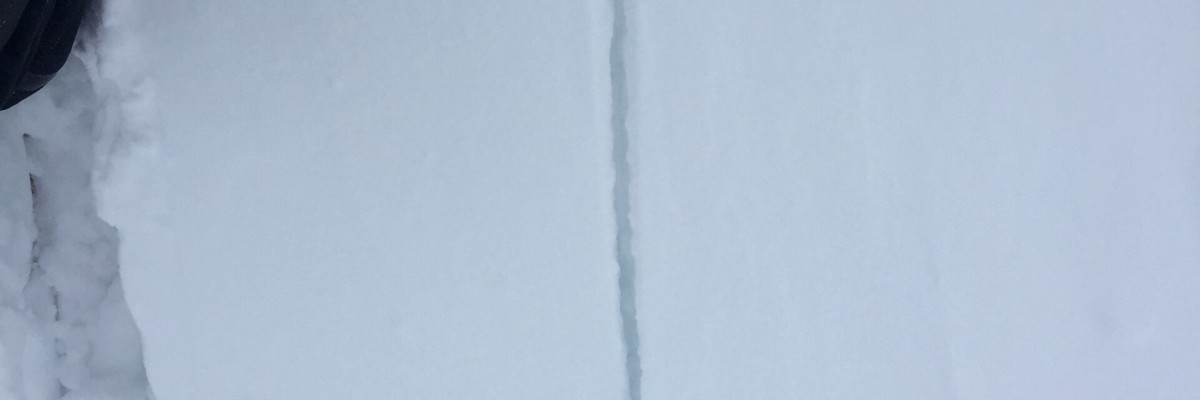The current avalanche danger is CONSIDERABLE in the west central Montana backcountry. This means careful snowpack evaluation, cautious route-finding and conservative decision-making are essential to recreate today. Human triggered avalanches are likely.
Happy New Year! This is Travis Craft with the West Central Montana Avalanche Center’s avalanche advisory for December 31, 2016. This danger rating does not apply to operating ski areas, expires at midnight tonight and is the sole responsibility of the U.S. Forest Service.
Weather and Snowpack
Mountain temperatures range from 7 F to 20 F in the region. In the Bitterroot, winds are 10 mph with gusts of 16 mph out of the SW and Point Six, in the northern part of the advisory area, winds are reading 23 mph with gusts of 34 mph out of the WNW. The forecast area received 0 to 2 inches of new snow in the last 24 hours. The new snow had SWE’s ranging from 0 to .4 inches of water.
Matt and I toured in the Rattlesnake yesterday. We observed shooting cracks from our skis and multiple aspects with wind slabs. In our tests we found that the basal facets propagated at the ground. Ed toured in the southern Bitterroot and he was able to get this layer to fail in compression tests, but not propagate. Ed observed shooting cracks from his skis and slopes being cross-loaded.
The primary avalanche problem are wind slabs. These are found on multiple aspects and some slopes are cross-loaded. Winds have deposited wind slabs mid-slope and on ridge tops.
The second avalanche concern is the persistent slab that is releasing near the ground on basal facets. Matt and I were able to get this layer to propagate in our tests yesterday. This layer is more likely to be triggered in areas with a relative shallow snowpack (cliff bands, rollovers, and rock outcrops). This layer takes a fair bit of force to trigger, but the consequences are very high. I would dig a pit and assess this layer before committing to any steep terrain.
Avalanche and Weather Outlook
An arctic front will enter the area tonight bringing with it snow and gusty winds throughout the weekend. Temperatures are forecasted to drop significantly by Monday. With the addition of new snow and gusting high winds the avalanche danger will increase.
I will issue the next advisory on January 03, 2017.
Ski and ride safe into the new year.














